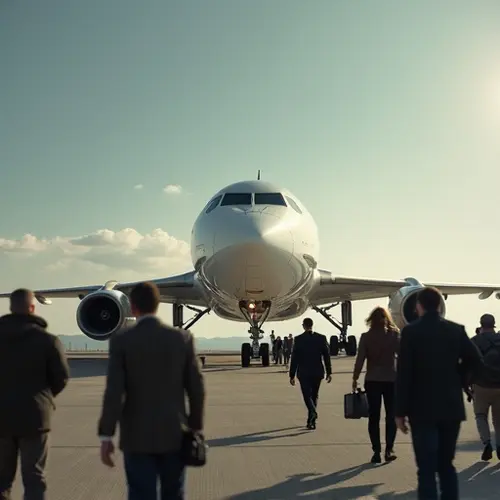
The Future of Supersonic Commercial Flights: A New Era of Travel
Reviving the Dream of Supersonic Travel
For decades, the idea of supersonic commercial flights has captivated the imagination of travelers and aviation enthusiasts alike. The Concorde, the most famous supersonic airliner, retired in 2003, leaving a void in the market. However, a new wave of aerospace startups is now racing to revive supersonic passenger travel, promising to make it faster, more efficient, and more accessible than ever before.
The Legacy of Supersonic Travel
Supersonic transport (SST) refers to aircraft capable of flying faster than the speed of sound (Mach 1). The Concorde and the Tupolev Tu-144 were the only SSTs to see regular service, but their high operational costs and environmental concerns led to their discontinuation. Despite these challenges, the allure of cutting travel time in half remains irresistible.
New Players in the Game
Several startups are now leading the charge to bring supersonic travel back to the skies. One of the most prominent is Boom Supersonic, which is developing the Overture, a supersonic airliner designed to carry passengers at Mach 1.7. With orders from major airlines like United, American, and Japan Airlines, Boom is poised to revolutionize air travel.
Technological Innovations
Modern advancements in aerodynamics, materials science, and engine technology are addressing the challenges that plagued earlier SSTs. Boom’s Symphony engine, for example, is optimized for supersonic flight, offering greater fuel efficiency and reduced noise. Additionally, 3D printing is being used to accelerate testing and production, as seen in Boom’s recent innovations.
Environmental and Economic Considerations
One of the biggest hurdles for supersonic travel is its environmental impact. New designs aim to minimize sonic booms and reduce carbon emissions. Companies are also exploring sustainable aviation fuels (SAFs) to make supersonic flights greener. Economically, the focus is on making these flights affordable for a broader audience, not just the elite.
The Road Ahead
While the timeline for commercial supersonic flights remains uncertain, the progress made by companies like Boom is promising. The first test flights of the Overture are expected in the coming years, with commercial operations potentially starting by the end of the decade. If successful, this could mark the beginning of a new golden age for aviation.

 Nederlands
Nederlands
 English
English
 Deutsch
Deutsch
 Français
Français
 Español
Español
 Português
Português